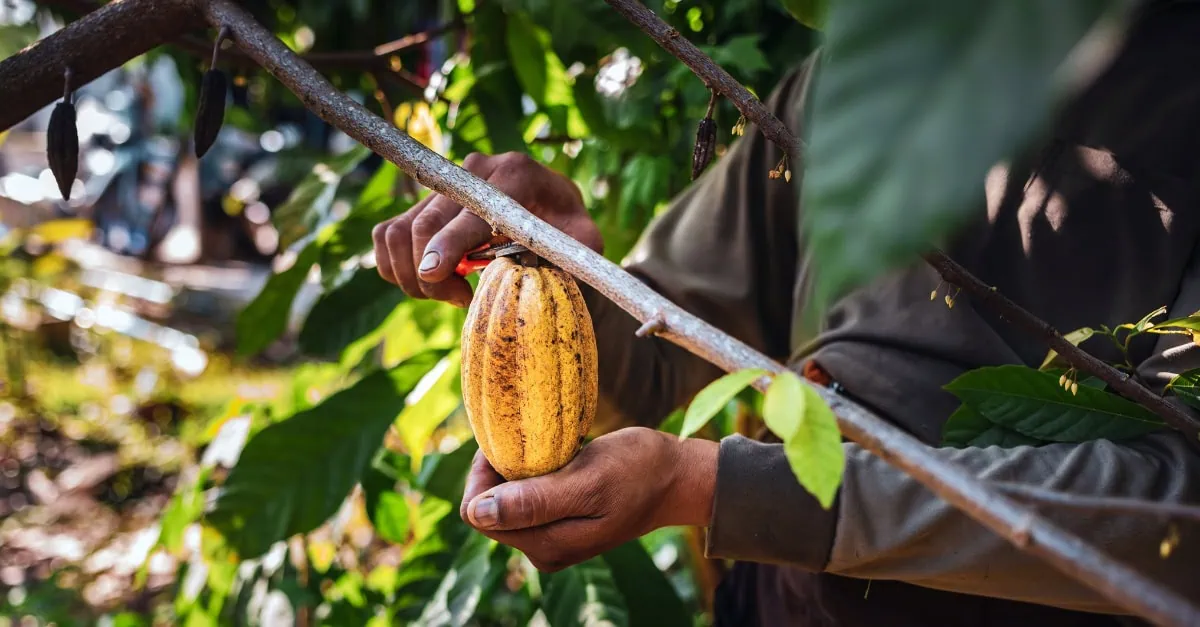West Africa’s cocoa-growing regions are experiencing mixed weather patterns that could impact the upcoming harvest season, according to the latest weather data.
Rainfall distribution varies across key growing areas
Côte d’Ivoire has seen widespread rain across most cocoa areas, with the exception of August 17th. Rain distribution has been particularly concentrated around Man and Soubre-Guiglo on the western side of the cocoa belt and north of the coast.
The country’s Veriground stations around Man recorded 95mm of rainfall over the latest 30-day period, while stations around Guiglo-Soubre reported 40mm. Areas in the southeast corner of Côte d’Ivoire also received nearly 40mm during this timeframe.
However, other stations reported significantly lower rainfall at just 15mm, highlighting the uneven distribution across the country’s cocoa regions.
Ghana sees heavy rainfall in center coast areas
Ghana’s cocoa areas have experienced more substantial rainfall than neighboring Côte d’Ivoire and Ghana. The center coast and inland areas, located 25km from the main cocoa belt, received the heaviest precipitation at 70mm over the past 30 days.
Other regions in Ghana recorded between 15-55mm of rainfall during the same period, with humidity levels maintaining a healthy 82-90% across cocoa-growing areas.
Limited rainfall affects border regions
Nigeria is receiving considerably more rain than either Côte d’Ivoire or Ghana. A notable dry zone has emerged in West Africa, centered on the Côte d’Ivoire-Ghana border approximately 100km inland, extending toward San Pedro and Sassandra in Côte d’Ivoire.
This dry pattern affects parts of Nigeria, Benin, and Togo located east of Ghana, as well as regions in Burkina-Faso and Mali north of Côte d’Ivoire. Areas west of Côte d’Ivoire, including parts of Guinea and Liberia, have recorded more rainfall compared to the central cocoa regions.
Crop surveys show mixed results
Recent surveys for the Côte d’Ivoire 24/25 main crop indicate yields only one percent below recent years’ comparable surveys. However, surveys conducted in Ghana show a concerning trend, with the cocoa belt down around 16% compared to the same period last year.
The improvement throughout the season means the latest count is ahead by 11%, though this may reflect wider rain distribution reported in Ghana.
Temperature outlook remains stable
Long-term temperature analysis shows no significant changes in other major cocoa areas including Ecuador, Bahia, and Para. The trend toward rising temperatures remains less pronounced in Brazil compared to Africa.
Weather experts expect neutral conditions to continue with a temporary drift toward light La Niña conditions by the end of 2025, which could influence rainfall patterns in the coming months.
Read more cocoa market analysis on the platform: https://app.vespertool.com/market-analysis?commodity=cocoa
